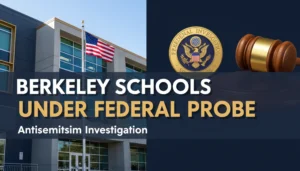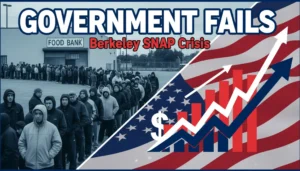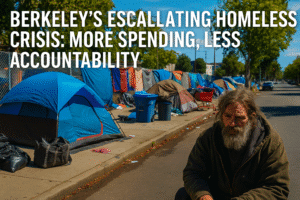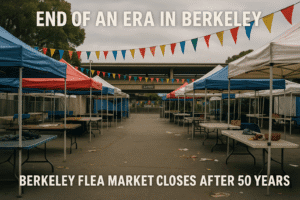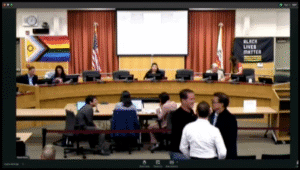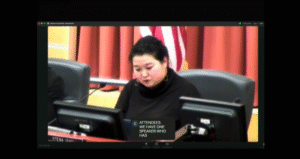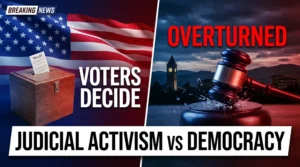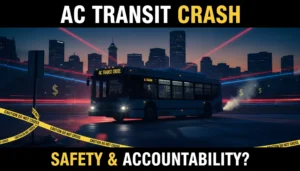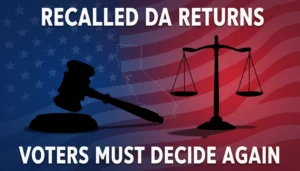Federal Agents Descend on Bay Area: Trump’s Immigration “Surge” Sparks Fierce Resistance at Coast Guard Island
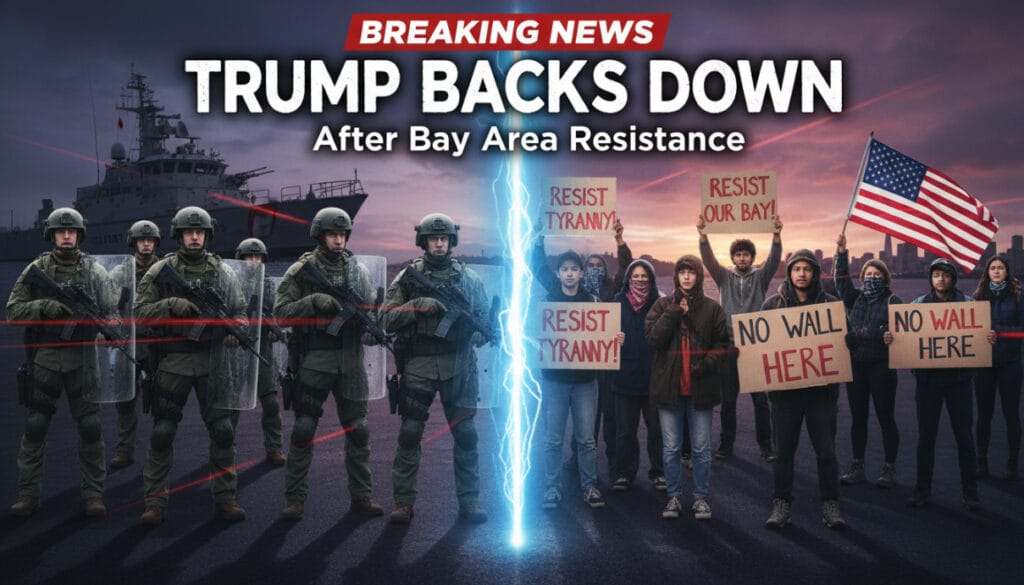

Berkeley and Bay Area communities mobilize as federal operation triggers protests and political standoff
The tranquil waters surrounding Coast Guard Island, nestled between Oakland and Alameda in the San Francisco Bay, became the unlikely epicenter of a dramatic federal immigration enforcement operation this week that sent shockwaves through the progressive Bay Area and highlighted the deep tensions surrounding immigration policy in America.
What began as reports of a major federal “surge” of Customs and Border Protection (CBP) agents descending on the region quickly evolved into a complex political drama involving protests, flash bangs, injured demonstrators, and ultimately, a presidential retreat from the planned operation following high-level conversations with local leaders and tech industry executives.
The Operation Unfolds
Thursday, October 22, 2025, marked what many Bay Area residents had long feared and local officials had been preparing for: the arrival of federal immigration enforcement agents in significant numbers. According to reports from Berkeleyside, the operation centered on Coast Guard Island, a strategic location that serves as a federal facility and has historically been used for various government operations.
The choice of Coast Guard Island as the staging ground was no coincidence. The island’s federal jurisdiction and relative isolation from civilian areas made it an ideal location for federal agents to establish operations while maintaining some distance from the densely populated urban centers of Oakland, Berkeley, and San Francisco. However, this geographic advantage quickly proved insufficient to contain the political and social firestorm that erupted.
Berkeley Mayor Adena Ishii’s sobering statement that “The moment that we’ve been preparing for as a city has arrived” reflected the gravity with which local officials viewed the situation. For months, Bay Area cities have been developing sanctuary city protocols and preparing legal and logistical responses to potential federal immigration enforcement actions.
Community Response and Resistance
The response from the Bay Area’s activist community was swift and substantial. Within hours of reports confirming the federal presence, protesters began converging on Coast Guard Island. What started as a small gathering of concerned citizens quickly swelled to at least 150 demonstrators, representing a diverse coalition of immigrant rights advocates, civil liberties organizations, and community members united in their opposition to the federal operation.
The protest itself became a flashpoint for broader tensions. Reports of flash bangs being deployed and at least one protester sustaining injuries highlighted the volatile nature of the confrontation. These incidents raised serious questions about the proportionality of the federal response and the tactics being employed against peaceful demonstrators exercising their First Amendment rights.
The use of flash bangs – typically employed in high-risk law enforcement situations – against protesters sparked immediate condemnation from civil rights groups and local officials. The injured protester, whose condition and identity remained unclear in initial reports, became a symbol of the human cost of the escalating conflict between federal enforcement priorities and local resistance.
Political Maneuvering and the Trump Factor
Perhaps the most surprising development in this unfolding drama was President Trump’s apparent retreat from the planned operation. According to his own Truth Social posts, Trump backed down from the “surge” of federal agents into San Francisco following conversations with the city’s mayor and prominent tech industry leaders.
This reversal represents a significant departure from the administration’s typically hardline stance on immigration enforcement and suggests the powerful influence that Silicon Valley’s tech titans continue to wield in political circles. The involvement of tech leaders in these discussions underscores the complex relationship between the federal government and the innovation economy that drives much of the Bay Area’s prosperity.
The president’s decision to scale back the operation raises important questions about the original scope and intentions of the federal action. Was this a genuine enforcement operation that was curtailed due to political pressure, or was it perhaps a calculated political maneuver designed to test local responses and gauge public reaction?
Sanctuary City Dynamics
The events at Coast Guard Island illuminate the ongoing tension between federal immigration policy and the sanctuary city movements that have gained prominence across California and other progressive states. Berkeley, along with San Francisco and many other Bay Area municipalities, has long positioned itself as a sanctuary jurisdiction, limiting cooperation with federal immigration enforcement and providing various protections for undocumented residents.
Mayor Ishii’s statement about preparation reflects the extensive planning that sanctuary cities have undertaken to protect their immigrant communities. These preparations typically include legal strategies, community notification systems, and coordination with immigrant rights organizations to provide rapid response when federal enforcement actions occur.
The choice to stage operations at a federal facility like Coast Guard Island rather than conducting raids in local communities may reflect federal recognition of the challenges posed by sanctuary city policies. By operating from federal property, immigration agents can avoid some of the jurisdictional complications that arise when working in non-cooperative local environments.
Broader Implications
This week’s events represent more than just a local confrontation; they embody the broader national debate over immigration policy, federalism, and the balance of power between different levels of government. The Bay Area, with its large immigrant population, progressive politics, and economic influence, serves as a natural testing ground for these competing visions of American immigration policy.
The rapid mobilization of protesters demonstrates the depth of community organization and the strength of immigrant rights networks in the region. The ability to quickly gather 150 demonstrators and maintain a sustained presence at Coast Guard Island reflects years of organizing and preparation by advocacy groups who have anticipated such federal actions.
The involvement of tech industry leaders in the political resolution also highlights the unique dynamics of the Bay Area, where economic power and progressive politics often align to create formidable opposition to federal policies that conflict with local values and interests.
Looking Forward
As the immediate crisis appears to have subsided with Trump’s apparent retreat, the underlying tensions that produced this confrontation remain unresolved. Federal immigration policy continues to clash with local sanctuary city initiatives, and the fundamental disagreements about enforcement priorities and humanitarian obligations persist.
For Bay Area communities, this week’s events serve as both a validation of their preparedness and a reminder of their vulnerability to federal action. The successful mobilization of protesters and the apparent influence of local political and business leaders may provide confidence for future resistance efforts, but the ease with which federal agents can establish operations at federal facilities demonstrates the limits of local sanctuary protections.
The events at Coast Guard Island will likely be remembered as a pivotal moment in the ongoing struggle over immigration policy in America – a moment when federal power met local resistance, and the complex interplay of politics, economics, and human rights played out in real time on the waters of San Francisco Bay.
As both sides regroup and reassess their strategies, one thing remains clear: the fundamental questions about immigration, sanctuary, and the balance of federal and local authority that sparked this confrontation are far from resolved.



